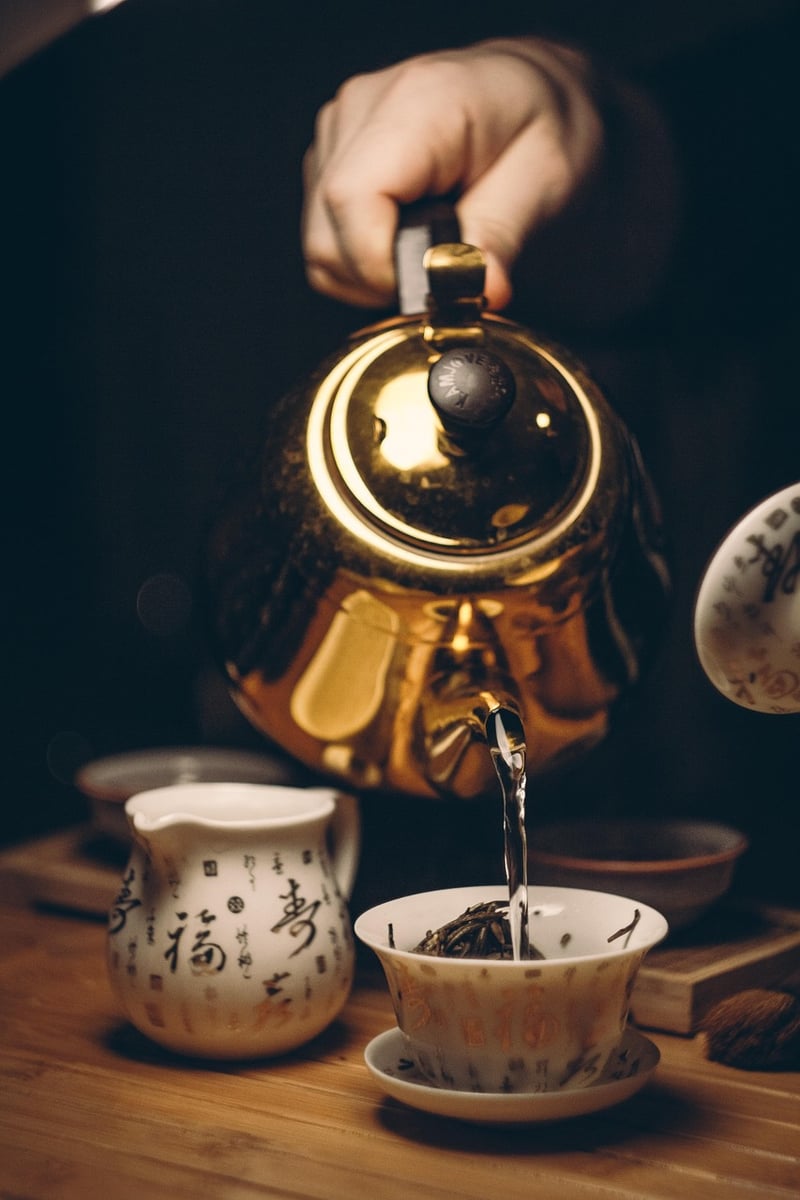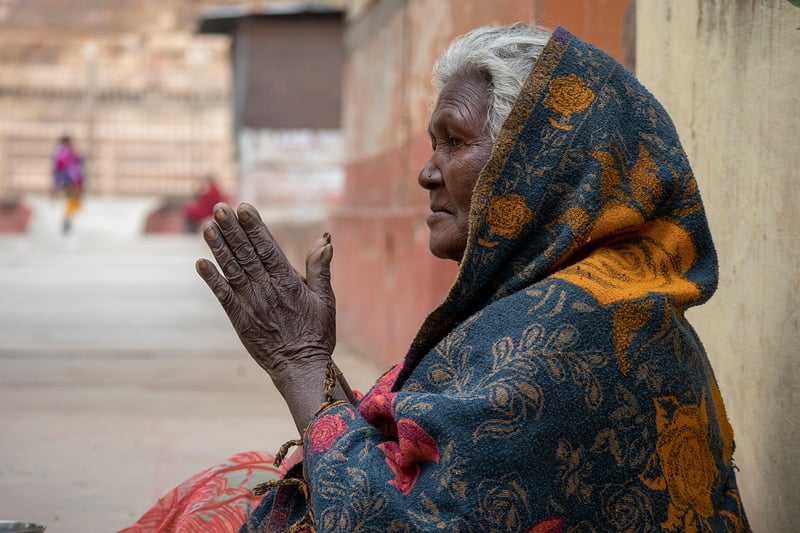Historical Etiquette
Guidance for Travelers + Historical Etiquette
Introduction
Welcome to our guide on travel etiquette and historical customs! Whether you're a seasoned traveler or exploring a new destination, understanding local customs and historical etiquette can enrich your experience and help you connect with the culture of the place you are visiting.
Travel Etiquette Tips
- Respect local customs and traditions.
- Learn a few phrases in the local language.
- Dress appropriately for the culture and environment.
- Be mindful of your gestures and body language.
- Always ask before taking photos of people.
- Be aware of tipping customs in different countries.
- Try local cuisine and embrace new culinary experiences.
Historical Etiquette
Understanding the historical etiquette of a place can provide valuable insights into its traditions and values. Here are some examples of historical etiquette from around the world:
Japan - Bowing
In Japan, bowing is a common form of greeting and showing respect. The depth of the bow can indicate the level of respect or formality.

England - Afternoon Tea
Afternoon tea in England is a tradition that dates back to the 19th century. It involves tea, scones, sandwiches, and pastries served on delicate china.

India - Namaste
In India, the greeting "Namaste" is a sign of respect and humility. It involves pressing the palms together and bowing slightly.

Conclusion
By following travel etiquette tips and understanding historical customs, you can navigate new cultures with confidence and respect. Embracing local traditions will not only enhance your travel experience but also foster meaningful connections with people around the world.
